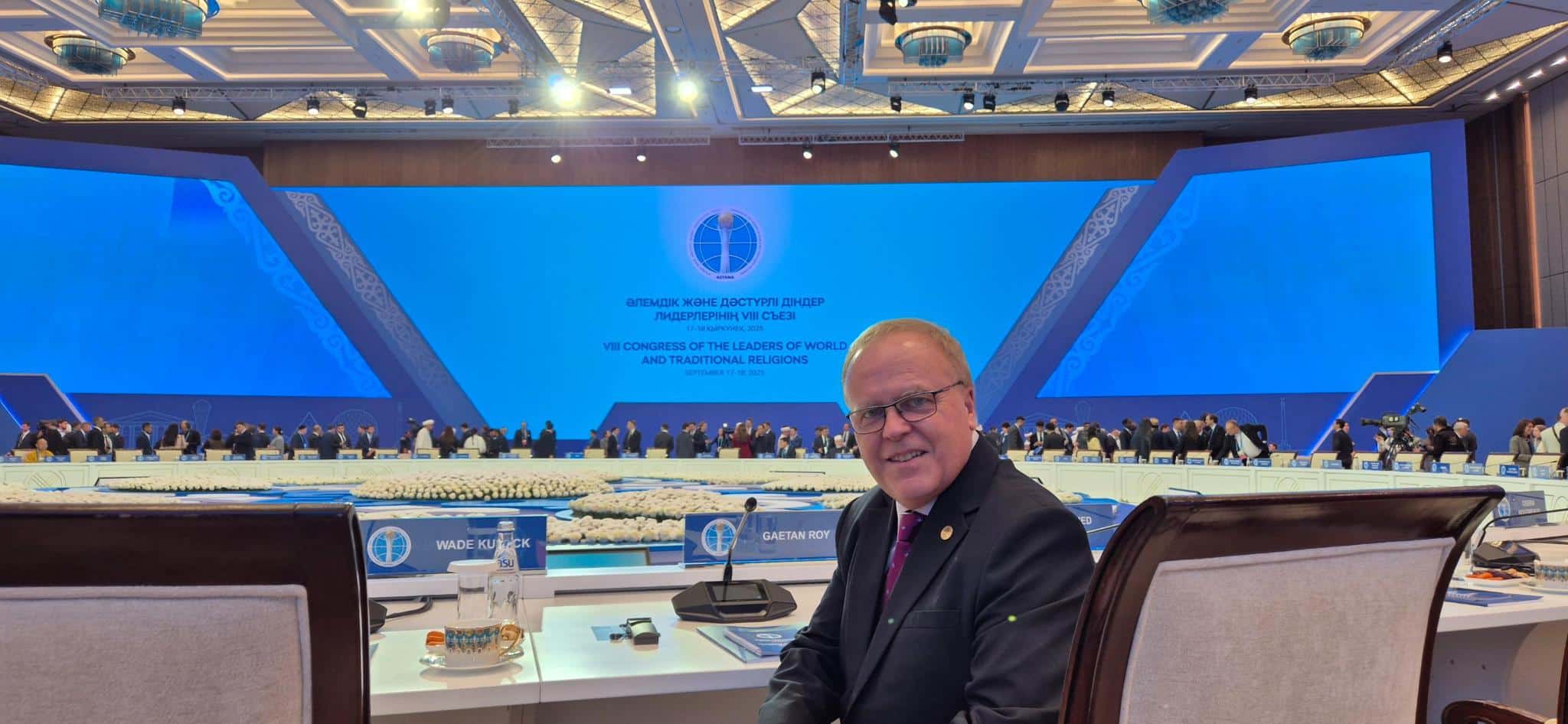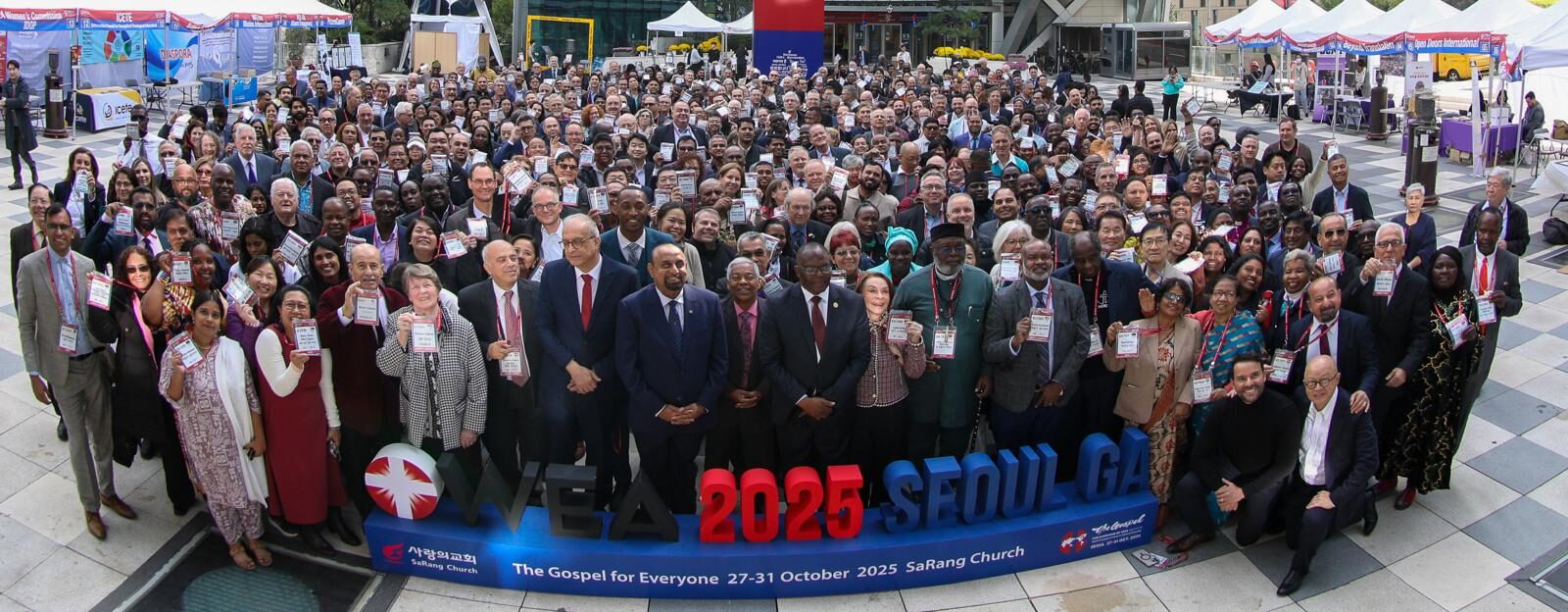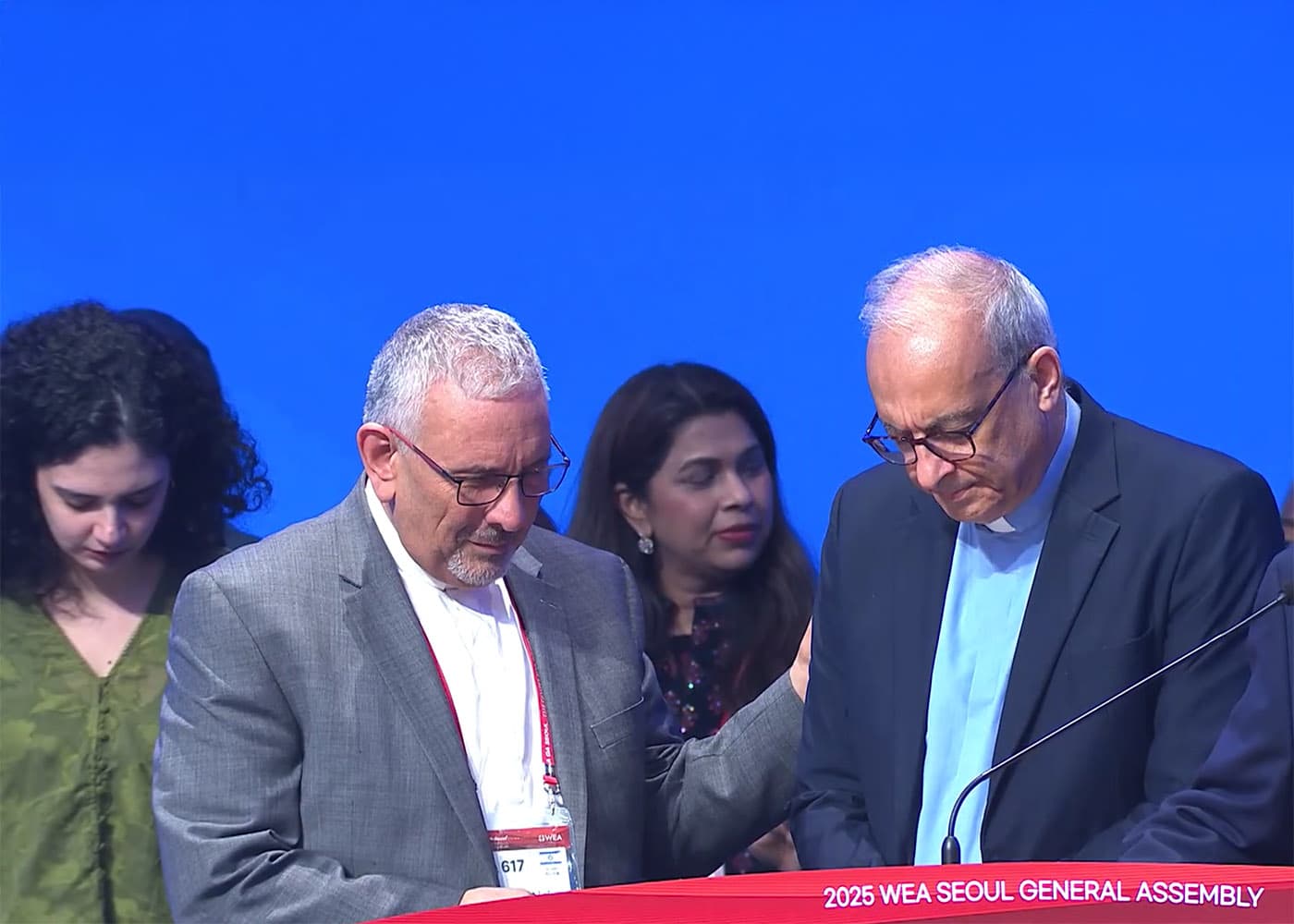
Ruth Thomson stepped into society as a debutante in a white gown at the Governor General’s Ball. She was nineteen in 1959, her family part of Rosedale, Toronto high society, and attending a private school. But her grand entrance and privilege didn’t forecast her life.
After graduating from Tyndale University College, then Toronto Bible College, she studied linguistics, and at twenty-five headed off to the jungles of Brazil with a team of Wycliffe Bible Translators. Traveling by canoe they settled in a village to begin the long and arduous task of living among the Kayapo who “had a reputation for killing foreigners who strayed into their territory.”1 Ruth survived a variety of physical challenges: malaria, flesh-eating maggots, electric eels, and she helped bury a man killed by her adopted tribe because he had wandered into their territory. For five years she learned Kayapo words, helping to create a written language.
There are two remarkable stories embedded in Ruth Thomson’s journey. First, she is one of tens of thousands of women, gifted and called, brave, tough and resilient, with intellectual abilities and life-giving skills and driven by a call to bring to peoples they came to love a witness of faith. In an age when women were generally denied ministry status and opportunity by most churches, denominations and agencies, yet compelled by vision, a calling of the Spirit and an indomitable spirit, they found ways to live out their calling and develop their skills and passion.
One very important arena that was available was global mission. By the 1920s two- thirds of overseas missionaries from the U.S. were women. Doing an end run on church policy, it soon became obvious that their contributions to missions made them indispensable. Without them most missions would have been greatly diminished in personnel and their effective outreach curtailed.
Single women were going to places and living in conditions many married couples would find intolerable, and agencies and church missions soon found they couldn’t live without them. Even groups who viewed women in ministry leadership as unbiblical devised ways that opened doors without upsetting the male-only views of churches back home. Ruth Thompson is emblematic of this amazing and potent global force.
While the debate over women in ministry raged within evangelical churches, by the end of the twentieth century many denominations formally allowed public ordination. But mission agencies became the go-to place for women choosing full time service.
The power of the written word
The second story from Ruth’s ministry is her place in creating a linguistic platform for Bible translation. This major development in world mission became a primary force in the stunning expansion of the Gospel worldwide. In Africa alone, in 1900 there were 8 million Christians. Today that has become 547 million.
Among 6.5 billion people on earth there are some 6,909 languages. To date 2,479 languages have all or some of the Bible translated. Even so for 1.5 billion people, the full Bible is not yet available. Translators today are at work in another 2,267 languages in more than 130 countries.
Three hundred years after Martin Luther and William Tyndale triggered the Protestant and English Reformation by translations of the Bible into the vernacular, a shoe cobbler from England set loose a fire storm of translations which in this century is still one of the most sustaining and critical elements underlying the outward move of Christian witness and prevailing faith.
In 1793 William Carey, Father of modern missions, sailed for India where he translated the Scriptures into Bengali, Arabic, Hindi and Sanskrit. What he did became the basis of a strategy for Protestant missions generally. However, it wasn’t until the mid-twentieth century that a global movement devoted to Bible translation was organized.
In 1942, Wycliffe Bible Translators was formed, bringing together translators already at work. It is one thing to translate, but another to get the Scripture into the hands of people. The numbers are astounding. In 2014, the United Bible Societies distributed a total of 428.2 million Scripture portions around the world. This is just this one Bible society, although the largest.
The Guinness Book of Records reports that there have been 5,000,000,000 ‘units’ of the Bible sold. By late 2015 the Bible site YouVersion on their digital app offered 1,200 versions in 868 languages, and within larger languages, multiple versions. The Faith Comes by Hearing group completed Audio Scriptures in 915 languages and The JESUS Film Project has produced a stunning 1,370 different language versions. Breaking that down into regions, the countries distributing the largest number of Bibles are China, Brazil, USA, South Korea, Malaysia, India, and Nigeria. The Bible, once the patrimony of the Greek- and Latin-speaking Roman world, then the foundation of the Western canon, is now the inheritance of the entire world.
The Gospel is surely about ideas, but its heart is humanity and the incarnation of God in Christ. His in flesh coming was profoundly about God translating himself to us. He speaks so we can hear in languages we understand and to matters resonating at the core of our existence.
It is entirely consistent, then, that the Spirit is moving people to translate the biblical text into more languages and dialects. In a sense the Gospel can’t help itself. It seeks out those who know not Christ, translating the living Jesus into words and ways that make sense. “Indigenous” is the appropriate word. Wherever the Gospel falls, it belongs. While imported (for we all have had it imported from Jerusalem), it soon becomes ours, as if it began with us. We own it. It fits, like a coat. It sits well in our speech; its metaphors become ours and, in time, we blend its word pictures with the world around us.
Today, people with no idea of the nature or culture of the early church hold in their hands letters written by apostles and others as they guided the first Christians to explore and understand the Gospel. Each reader has that early written text now in his or her own tongue. A person under a balsam tree in a remote jungle has it, as does one on the fiftieth floor of a Manhattan skyscraper. They read it in its sparkling naïveté and clarity, finding its meaning entering their own lives.
Ruth Thompson is a hero who pursued her calling and gave her life in Bible translation. Just as Jesus entered our world, so she emulated that very construct: she left comforts of home to love another people, giving to them what they could read. And in that marvelous connection of living words, those who didn’t have a written language before she and others arrived can now come face to face with the living Word.
1 http://news.nationalpost.com/features/when-the-debutante-met-the-tribe
Brian C. Stiller
Global Ambassador, The World Evangelical Alliance





Stay Connected